When we think about animals with “superpowers,” we usually picture the land-based kind—cheetahs with speed, birds of prey with eagle-eyed vision.
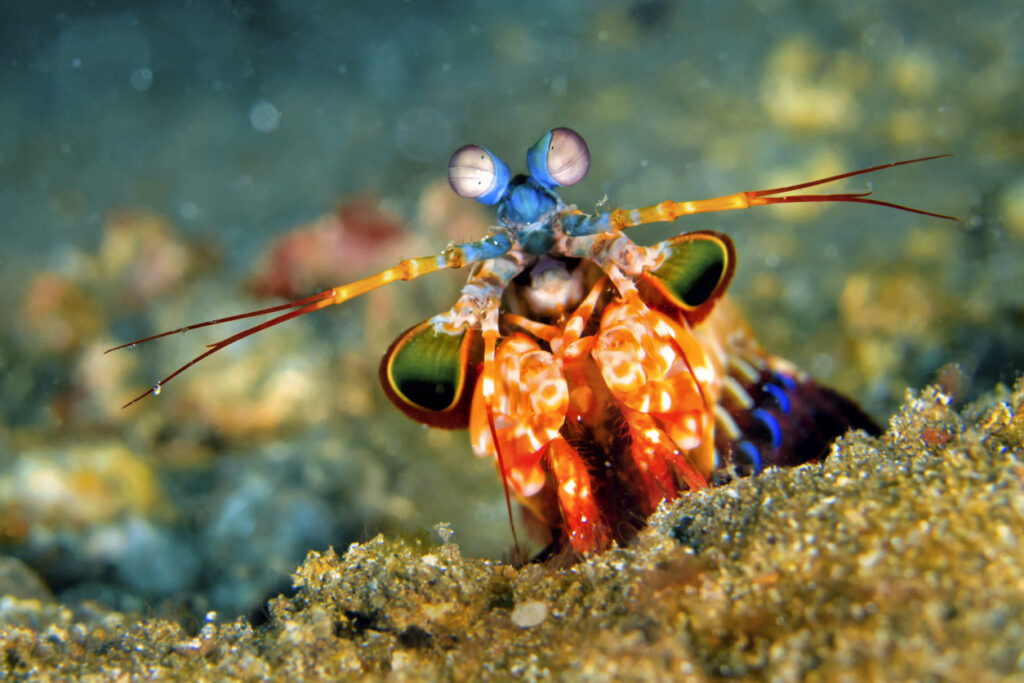
However, head to the sea, and you’ll find an entire cast of marine characters with abilities so strange and impressive, they make some superheroes look ordinary.
The ocean has had millions of years to fine-tune its designs, and it shows. These creatures don’t just survive harsh conditions—they thrive using powers that feel straight out of a sci-fi film. From invisibility to shape-shifting to full-on regeneration, here are some of the most mind-bending examples.
The octopus can shape-shift, camouflage, and solve puzzles.
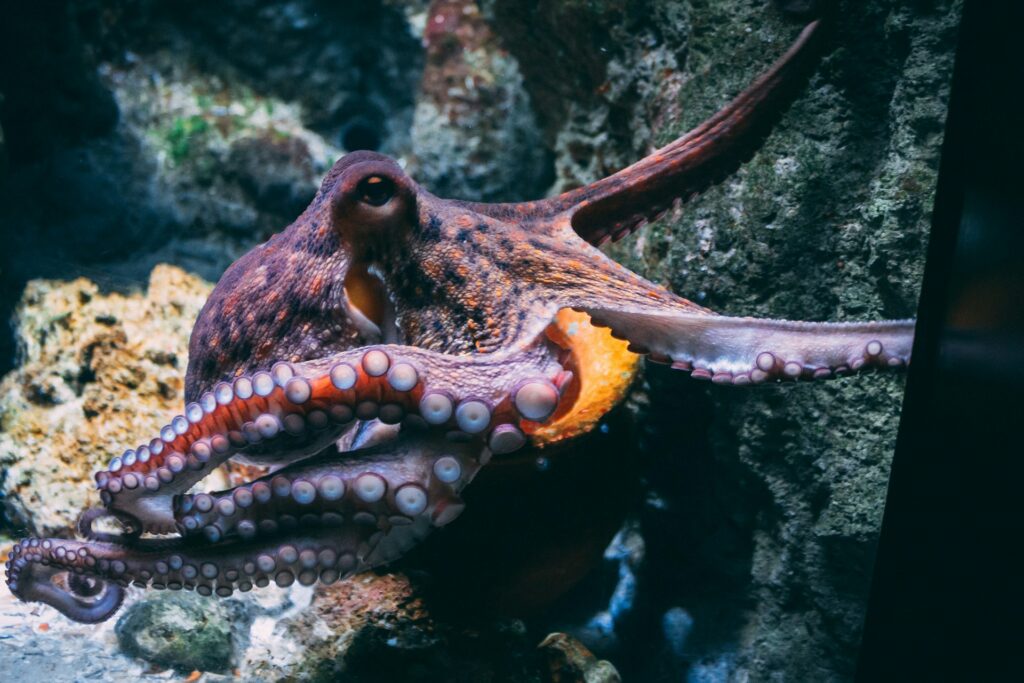
If one animal could be accused of showing off, it’s the octopus. These creatures can squeeze their entire body through tiny openings thanks to their lack of bones, which is impressive enough, but they can also mimic textures and colours instantly to match their surroundings.
Their camouflage abilities aren’t just for show. They’re powered by thousands of specialised cells called chromatophores, which allow them to shift colour in milliseconds. Some species, like the mimic octopus, even impersonate other dangerous animals, like lionfish or sea snakes, to avoid predators. And if that wasn’t enough, octopuses have shown strong problem-solving skills and short-term memory in lab studies. Basically, they’re escape artists with a genius IQ and a wardrobe of disguises.
Tardigrades can survive in space, volcanoes, and the deep sea.

Also known as water bears, tardigrades are microscopic and nearly indestructible. While not technically limited to the ocean—they can be found in moss, ice, and soil too—some species live in marine environments. What makes them superhero material is their survival record.
They’ve endured radiation, extreme pressure, boiling heat, freezing cold, and even the vacuum of space. They survive by going into a state called cryptobiosis, essentially suspending all biological activity until conditions improve. It’s not immortality, but it’s the closest nature’s come.
The mantis shrimp punches with the force of a bullet.
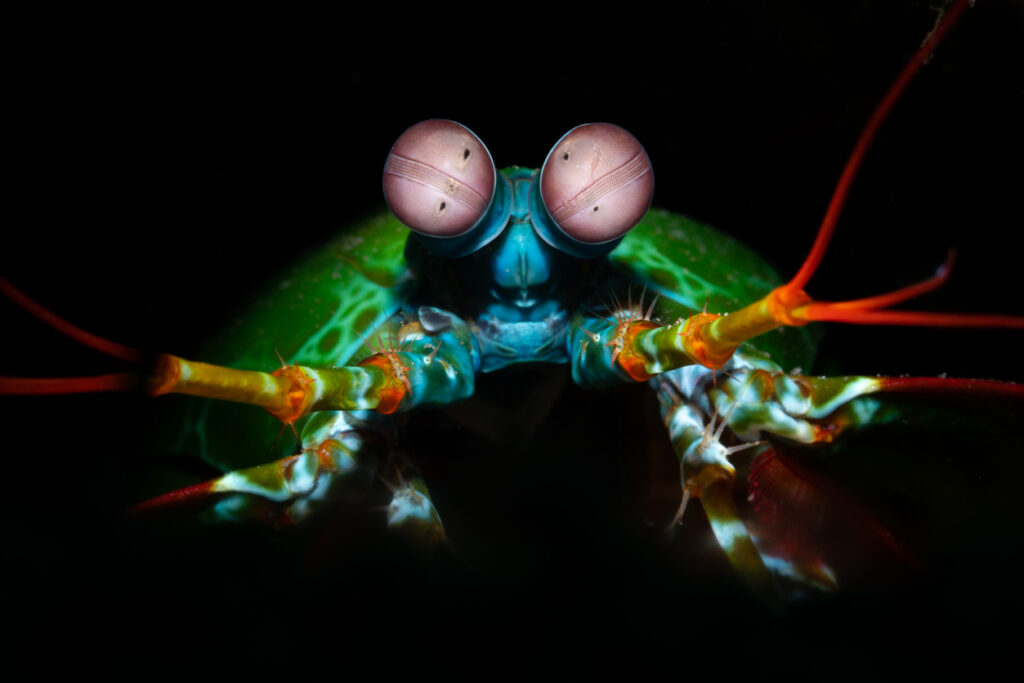
Mantis shrimp are small but outrageously powerful. Their club-like appendages strike with such speed—around 50mph—that they generate shockwaves in the water. These strikes can break glass aquariums and are powerful enough to stun or kill prey instantly.
What’s more, their eyes are some of the most complex in the animal kingdom. They can detect polarised light, see ultraviolet, and perceive colours humans can’t even imagine. If Marvel created a shrimp-based Avenger, this would be the blueprint.
The immortal jellyfish can reverse its age.
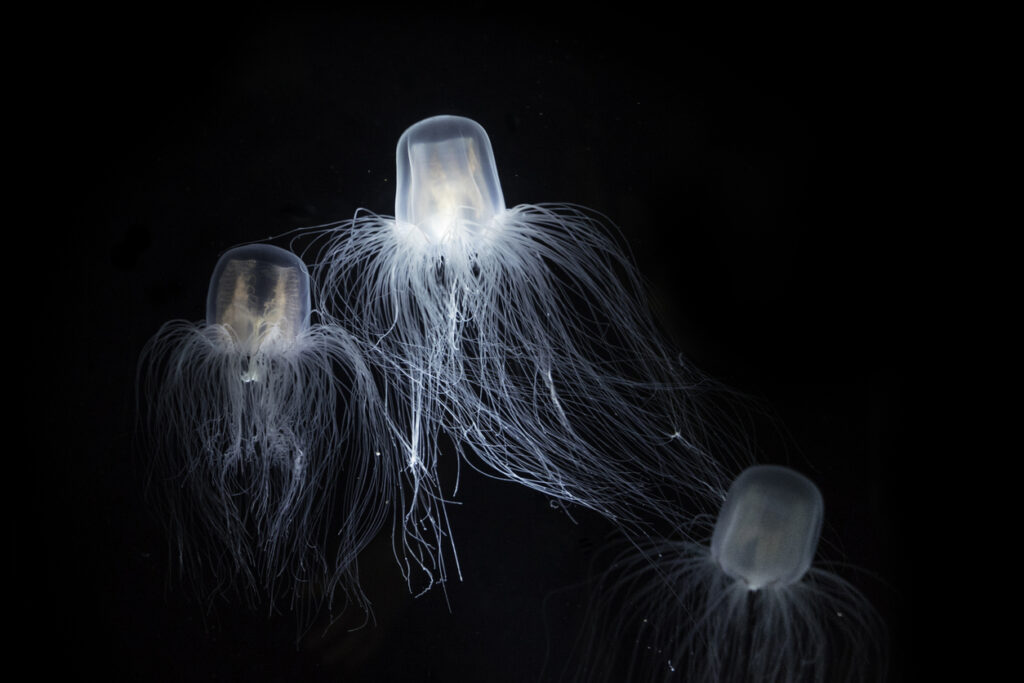
Turritopsis dohrnii, better known as the immortal jellyfish, has a party trick no other animal can claim: it can revert its cells back to an earlier stage of life. If it gets injured or old, it can transform from an adult medusa stage back to its polyp form, effectively starting life over again.
While it’s not quite eternal since they can still be eaten or killed, the ability to bypass ageing is something scientists are studying closely. It’s a real-life version of cellular regeneration, and it’s happening quietly in oceans around the world.
The blanket octopus carries jellyfish tentacles like weapons.
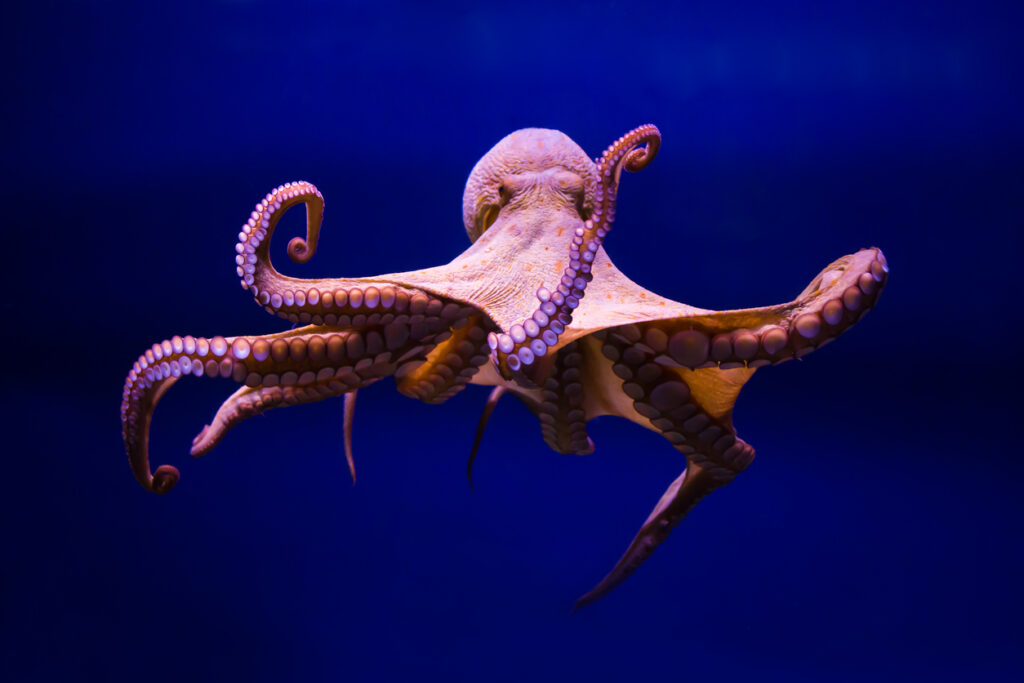
Unlike most octopuses, which keep a relatively low profile, the female blanket octopus takes a bold approach to defence: it rips the tentacles off Portuguese man o’ war jellyfish and carries them around to use as weapons.
These tentacles still sting, and the octopus wields them with precision to keep predators at bay. It’s an incredible example of weaponisation in nature, borrowing one animal’s defences and using them as mobile, living deterrents. And if that’s not enough, female blanket octopuses can grow to be 40 times larger than the males, which is a power move in its own right.
The electric eel produces a 600-volt shock.
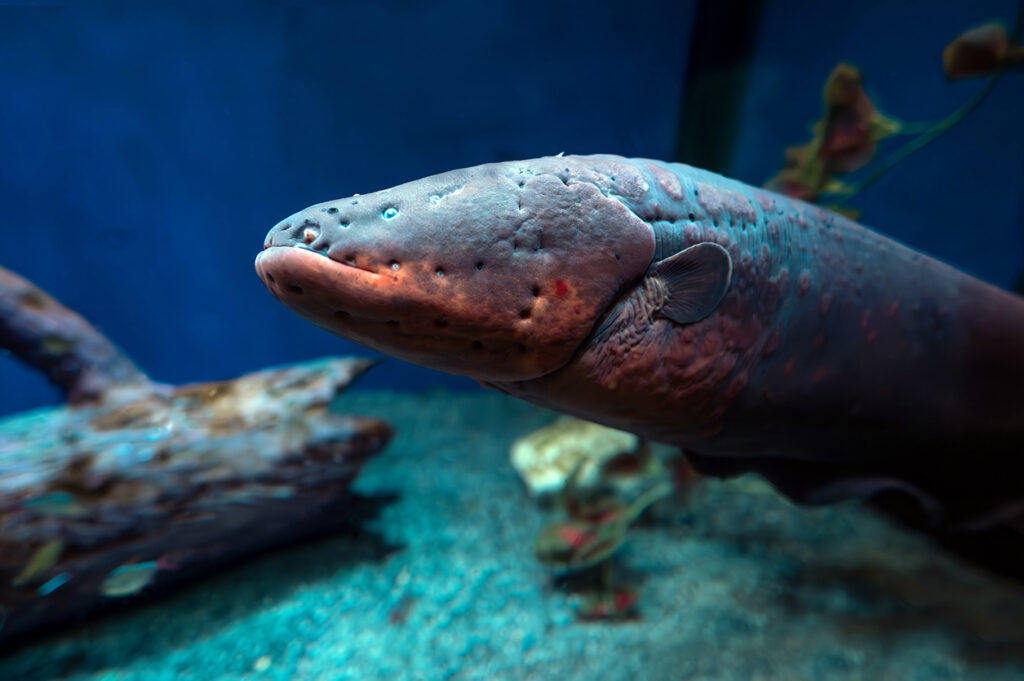
Despite the name, electric eels are more closely related to knifefish than true eels. What sets them apart, though, is their ability to generate electricity. Using special cells called electrocytes, electric eels can deliver shocks up to 600 volts— enough to stun prey, deter predators, or navigate murky water.
They can pulse low-voltage bursts for communication and high-voltage zaps when hunting. It’s not just a jolt—it’s a biological taser, refined by evolution. In murky Amazonian waters where vision is limited, it gives them a serious edge.
Sea cucumbers can liquefy their bodies and eject their organs.

Sea cucumbers don’t look particularly tough, but they’re equipped with some strange defences. When threatened, many can essentially turn their bodies into jelly, slipping into cracks and crevices that would normally be too tight to enter.
Some species also eject their internal organs, sometimes laced with toxins, as a distraction while they escape. They later regenerate the lost parts. It’s grotesque but effective, and it shows just how weirdly clever marine survival can get.
The cone snail can kill with a harpoon of venom.
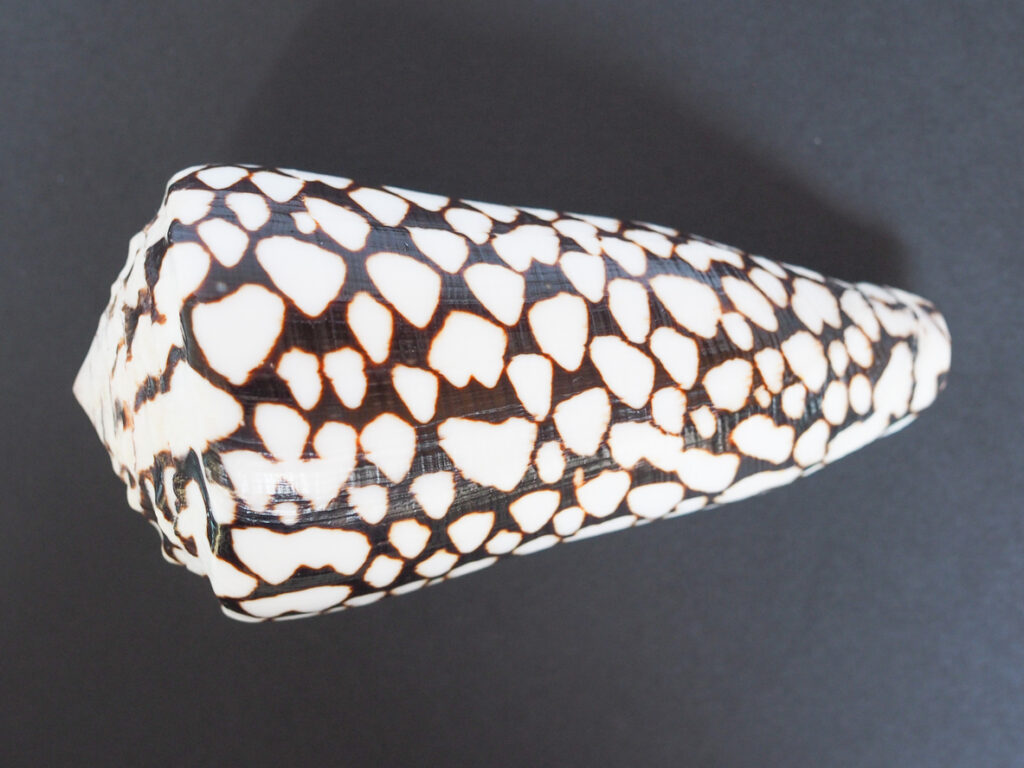
Cone snails are pretty, and deadly. These tropical sea snails use a venom-loaded harpoon to spear prey with pinpoint accuracy. Their venom cocktail can include dozens of toxins, targeting the nervous system and leading to paralysis.
Some species are dangerous enough to kill a human. What’s more fascinating, though, is that the peptides in cone snail venom are now being studied for use in powerful, non-addictive painkillers, giving this tiny hunter the potential to change medicine.
The glass squid turns invisible with mirrored skin.
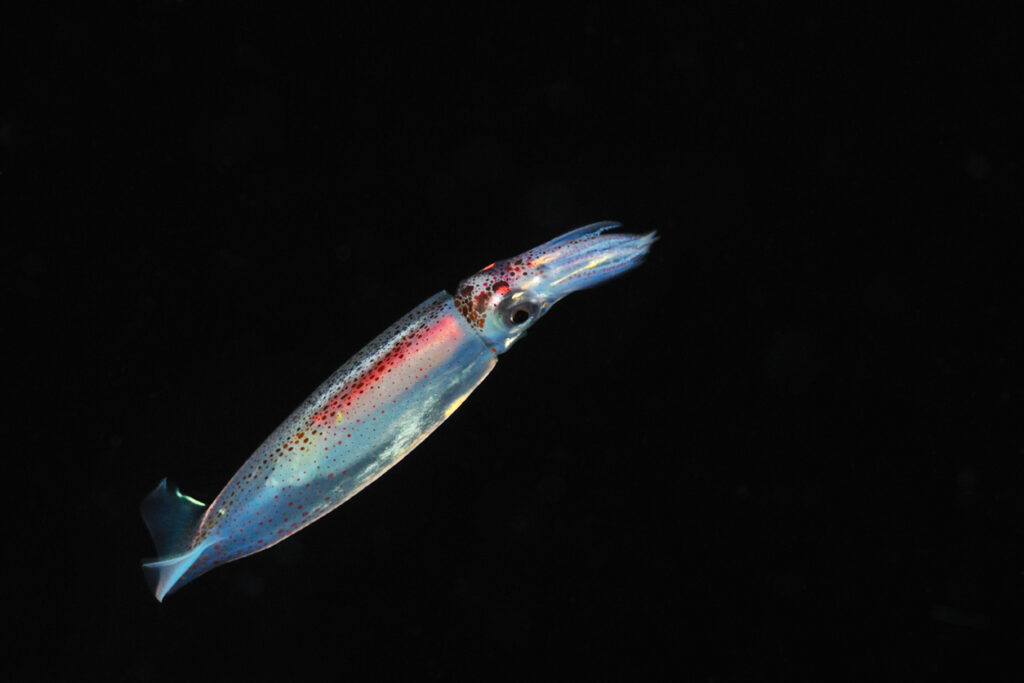
Many creatures in the deep sea rely on bioluminescence, but the glass squid takes a different route. Its body is nearly transparent, and its internal organs are hidden with reflective surfaces that blend into the faint light of its surroundings. This combination makes it nearly invisible to predators hunting from below.
It’s not full-on invisibility, but it’s the closest any animal gets in the open ocean. This natural cloaking ability is the kind of camouflage even military tech would envy.
The box jellyfish has venom that can stop the heart.
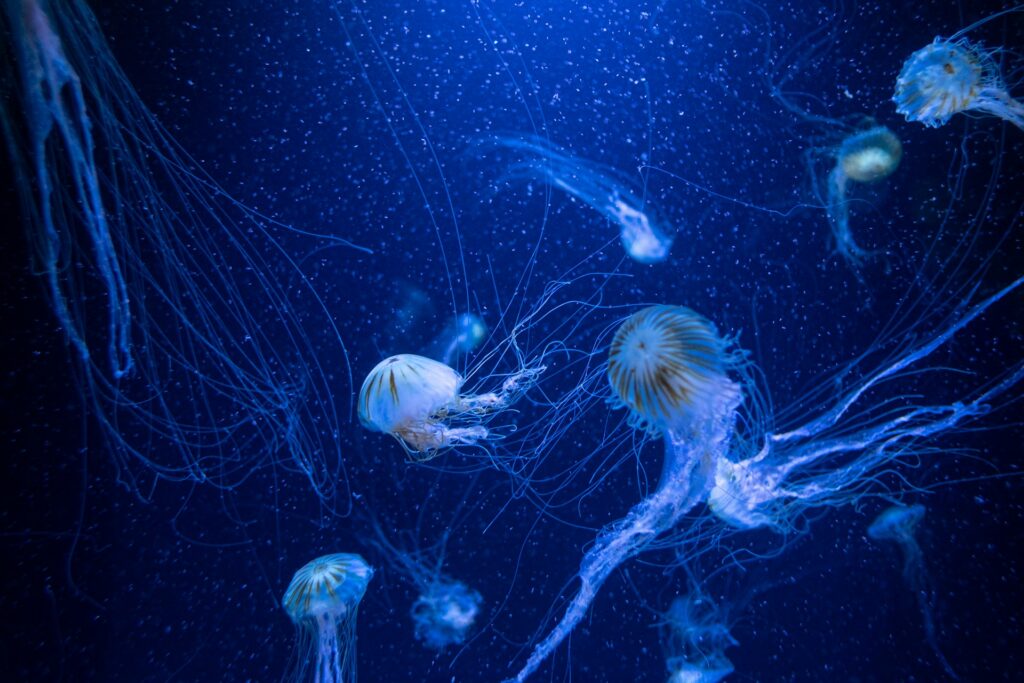
Found in the waters near Australia and throughout the Indo-Pacific, box jellyfish are among the most venomous creatures in the ocean. Their sting can cause excruciating pain, paralysis, cardiac arrest, and even death, all within minutes.
But what’s even stranger is their biology. Unlike most jellyfish, they have clusters of eyes and can actively swim rather than just drift. They’re not just deadly—they’re mobile, intelligent enough to navigate, and almost ghost-like in the water.
The mimic octopus impersonates other species flawlessly.

While regular octopuses change colour to blend in, the mimic octopus goes one step further. It alters its shape and behaviour to copy other marine animals. It’s been observed imitating lionfish, sea snakes, flatfish, and even crabs.
By copying dangerous or unappealing species, the mimic octopus avoids predation. It can assess which mimic will work best based on the predator nearby, which is a level of tactical decision-making that’s rare in animals, let alone invertebrates.
The ocean is a world of extremes—dark, crushingly deep, and often unforgiving.
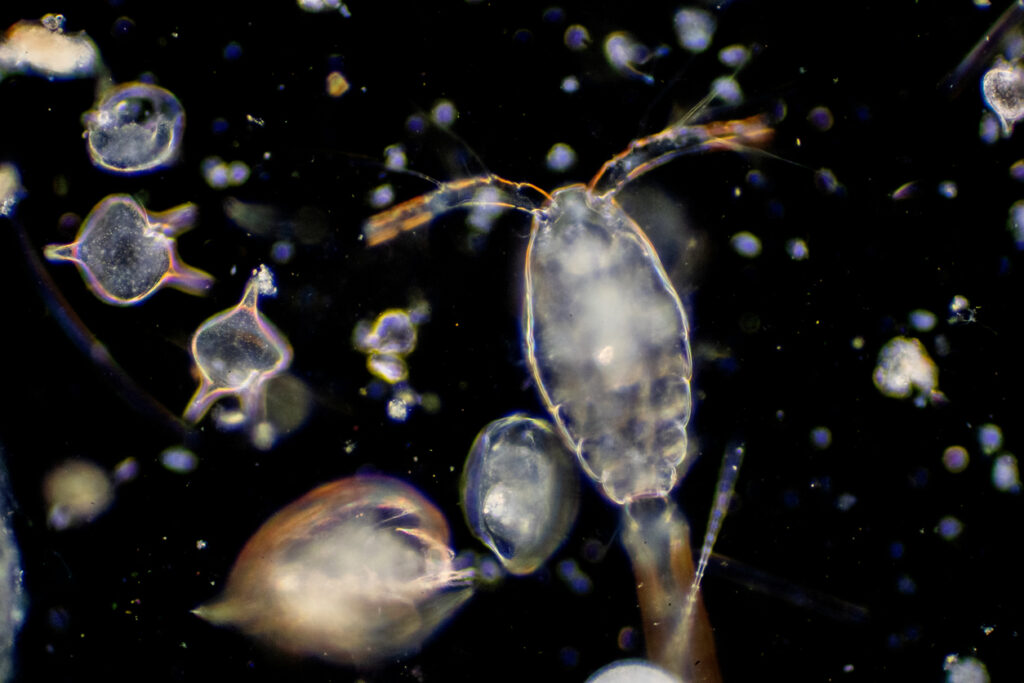
To survive it, marine life has evolved solutions that push the limits of biology. From regenerating organs to weaponised venom to body-morphing escape plans, these ocean creatures have tapped into evolutionary pathways that feel almost fictional.
What’s more, many of these abilities are helping scientists develop real-world applications, from medical treatments to new materials to robotics. So while these sea creatures may not wear capes, they’ve definitely earned their place in the superhero hall of fame, deep under the surface.